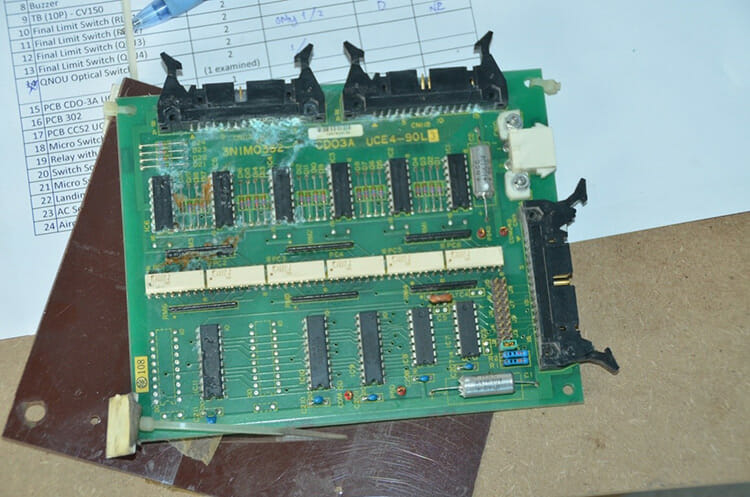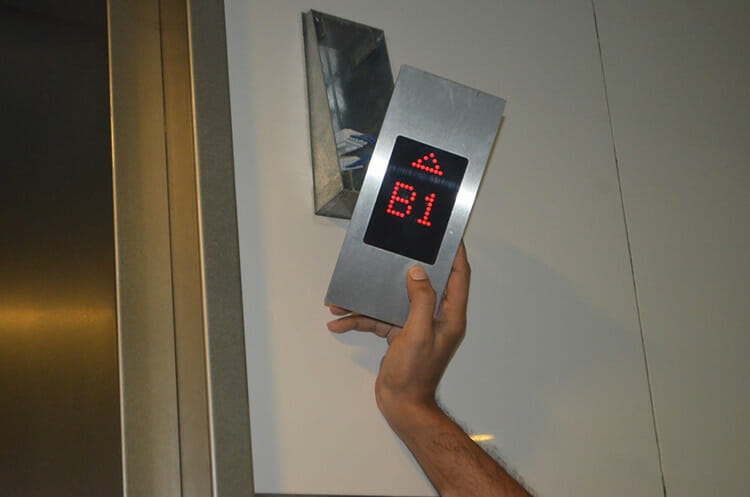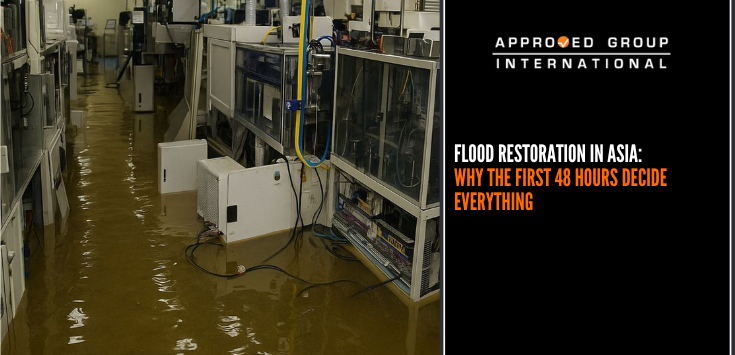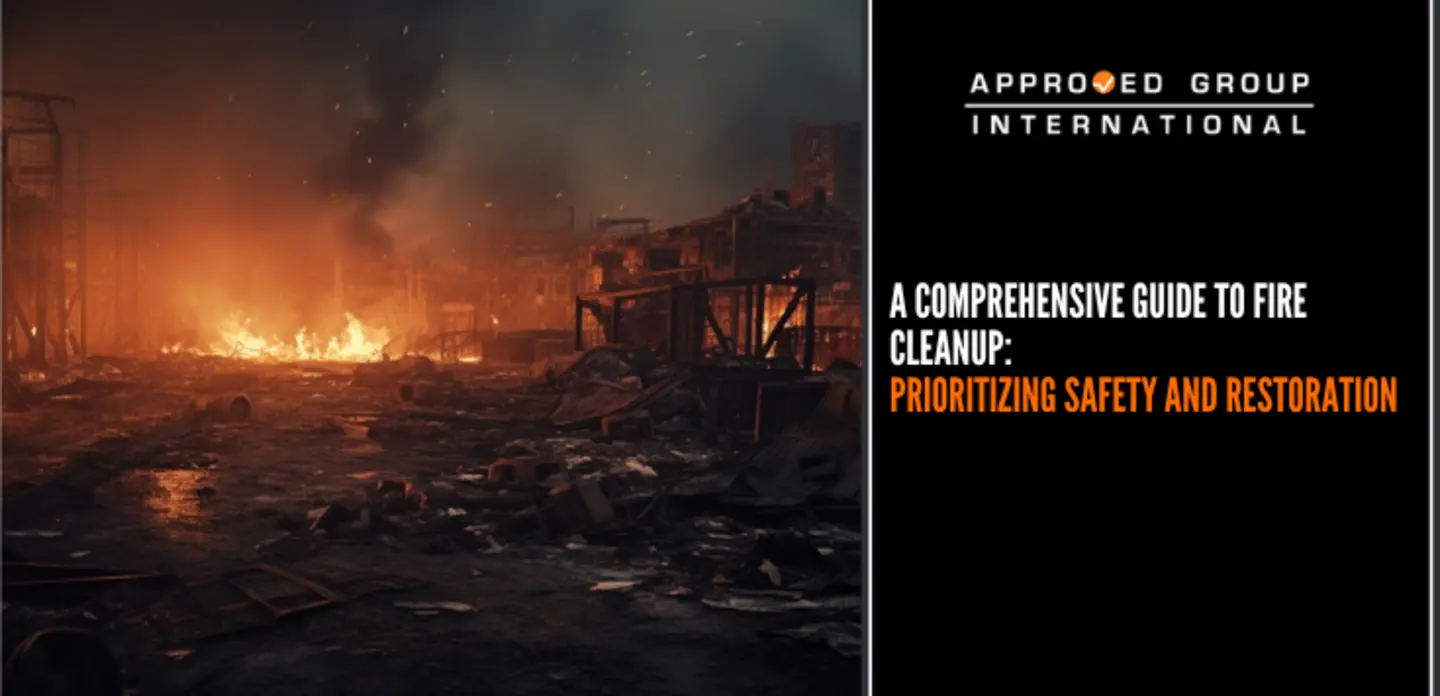Water, as simple as it sounds, can cause hundreds to thousands worth of damage. Various items can be damaged by water such as wood furniture, carpets, electronics and appliances in commercial buildings or residential households. Water damage can originate from different sources such as broken or leaking pipes, clogged pipes, water pump failure, natural disasters such as flood and rain. Insurance policy normally would cover the cost associated with water damage. Hence, water damage assessment is important to verify the water-affected items as well as to determine the severity of the damage.
A renowned shopping mall in Kuala Lumpur had recently sustained water damage due to a pipe burst. Nine (9) lifts were allegedly affected by the incident and Approved Forensics Sdn Bhd (AFSB) was appointed to assess the severity of the damage. The items of the lifts were replaced prior to the inspection to restore the lifts’ operation. The allegedly affected items were then stored in a storeroom for further action.
Objective: To assess the extent of damage of nine (9) lifts.
In certain cases, the allegedly affected items were not removed from its original position and the lifts were not functioning. The Team are required to inspect the items on the car top, in the lift shaft and pit, and in the car cage. As for this case, the items were removed and replaced to restore the lift’s operation. The allegedly affected items were then stored in a store room for the Team’s inspection. Depending on the types of items to be inspected, there are two methods used for the inspection.
Items that are allegedly affected by water are inspected for signs of water entry and damage such as corrosion, white rust and mold. It is important to differentiate between the damage caused by water and damage that were not caused by water, such as due to wear and tear.


Replacement of the water-affected items are mostly recommended, especially for electrical items such as Printed Circuit Boards (PCBs). However, damage caused by other means such as mechanical damage will be noted and remarked as not damaged by water.
Items that do not exhibit any signs of water damage are subjected to testing by swap test. This is done by connecting the allegedly affected item to the similar properly functioning system to determine the functionality of the item.


Throughout the entire inspection process, the findings were documented through photography. Reporting of the findings of the inspection must be supported by photograph showing that the damage and the result of the testing.
Based on the inspection of the items of the nine (9) allegedly water affected lifts, it was found that only 34.5% of the items were damaged by water.























